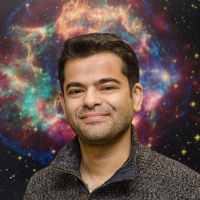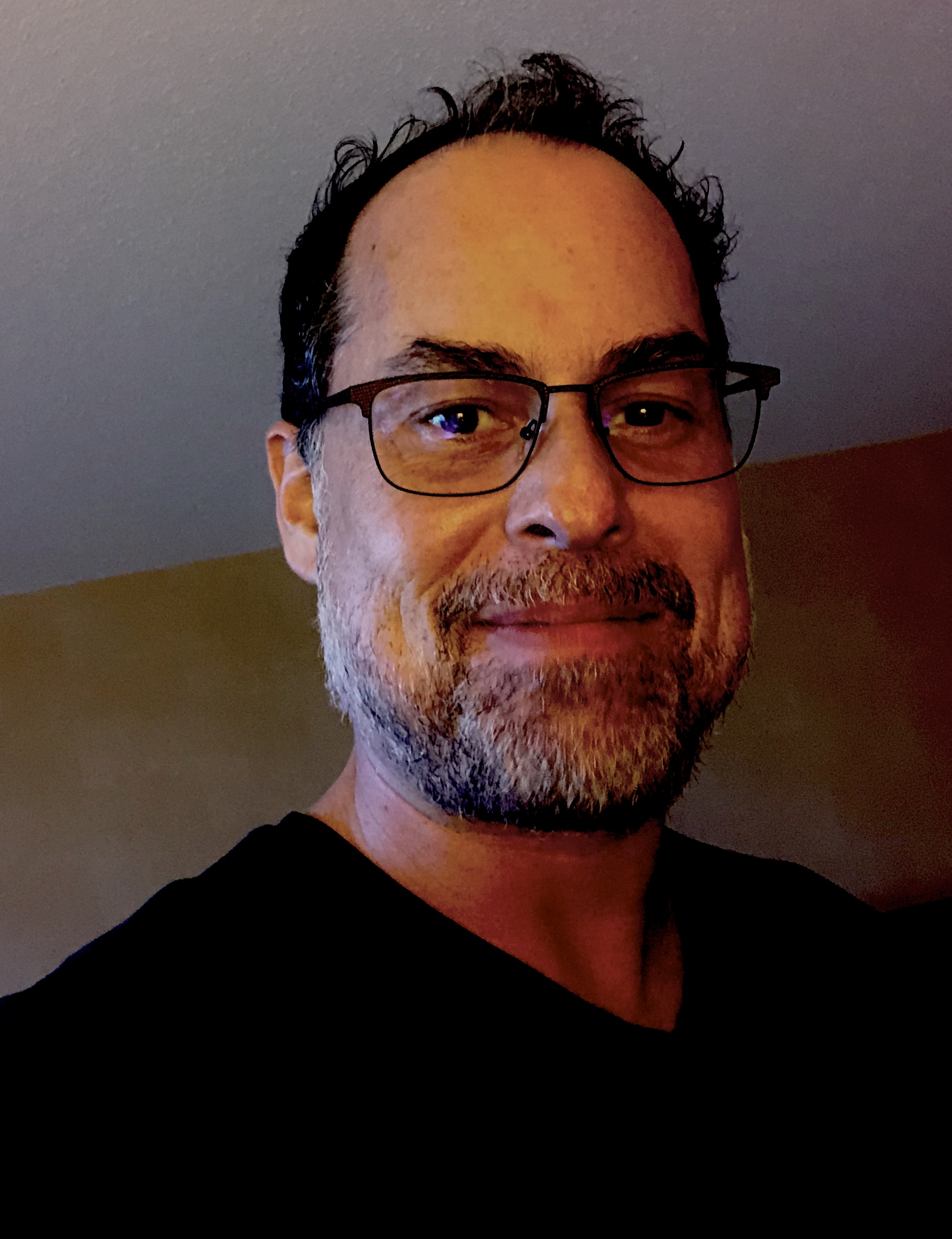NVIDIA WEBINAR
Sub brand
Date: Wednesday, June 24, 2020
Time: 10:00am – 11:00am PT
Duration: 1 hour
Time: 10:00am – 11:00am PT
Duration: 1 hour
NASA scientists speed-up solar image analysis using Big Data Analytics and reduced computations that would've taken a 1 year on CPU to less than a week with Quadro RTX Data Science Workstations. Researchers at NASA’s Goddard Space Flight Center have developed algorithms to analyze the immense number of solar images taken since 2010 by the Solar Dynamics Observatory. They are using errors in the images to help identify the origins of energetic particles in Earth’s orbit that could damage interplanetary spacecraft. They are also using the same images to track solar surface flows to support better models for predicting the weather in space. With Quadro RTX-powered Z by HP data science workstations, the NASA team can easily sort through the data and analyze images up to 150X faster than CPU.
By attending this webinar, you'll learn:
- How NASA uses machine learning and Z by HP Quadro RTX Data Science Workstations to easily sort through data and use AI to track optical flows in a series of images.
- How the NASA team has developed GPU-based algorithms that sort through Terabytes of errors in solar images and run up to 150x faster than using CPUs.
- Why the NASA team went with Z by HP Quadro-Powered Data Science Workstations to work on their big data problems.
WEBINAR REGISTRATION
THANK YOU FOR REGISTERING FOR THE WEBINAR
You will receive an email with instructions on how to join the webinar shortly.
Main Content
maincontent goes here
Content
Content goes here
Content
content goes here
Content
Content goes here
Content
DGX Station Whitepaper
Dive deeper into the DGX Station and learn more about the architecture, NVLink, frameworks, tools and more.
Dive deeper into the DGX Station and learn more about the architecture, NVLink, frameworks, tools and more.
DGX Station Whitepaper
Dive deeper into the DGX Station and learn more about the architecture, NVLink, frameworks, tools and more.
Dive deeper into the DGX Station and learn more about the architecture, NVLink, frameworks, tools and more.
Content
Content goes here
Speakers

Raphael Attie
Solar Astronomer, NASARaphael Attié is a solar astronomer at NASA Goddard Space Flight Center with George Mason University. He works with the Solar Dynamics Observatory (SDO), a telescope that has been observing the Sun from space since 2010. Raphael works on tracking and mapping the flows of plasma at the solar surface using the high-resolution image series from SDO. His research aims at better anticipating solar flares and coronal mass ejections.

Michael Kirk
Research Scientist, NASADr. Michael Kirk is a research scientist in the Heliophysics Science Division at NASA’s Goddard Space Flight Center with ASTRA, LLC. He is working in support of the Solar Dynamics Observatory satellite studying the physics of the sun, the causes of solar variability, and its impacts on Earth.

Geoffrey Levene
Director, Global Business Development, Data Science, NVIDIAGeoffrey Levene leads the Data Science Business Development team at NVIDIA. He is responsible for global go-to-market strategy for Data Science Workstations, Servers and Software. He advises senior executives on best practices of leveraging Nvidia’s platform to accelerate their practice of Data Science. Geoffrey has been working with the Chief Data Officers and heads of analytics/AI of Fortune 500 companies, Government Agencies, and Research Centers. Geoffrey is intimately familiar with the top Data Science use cases that are demonstrating business value.
Presenter 4 Name
Job Title 4Presenter 4 Bio
Other Speakers
Name1
Job Title.
Job Title.
Name 2
Job Title.
Job Title.
Name 3
Job Title.
Job Title.
Content Title
Content here